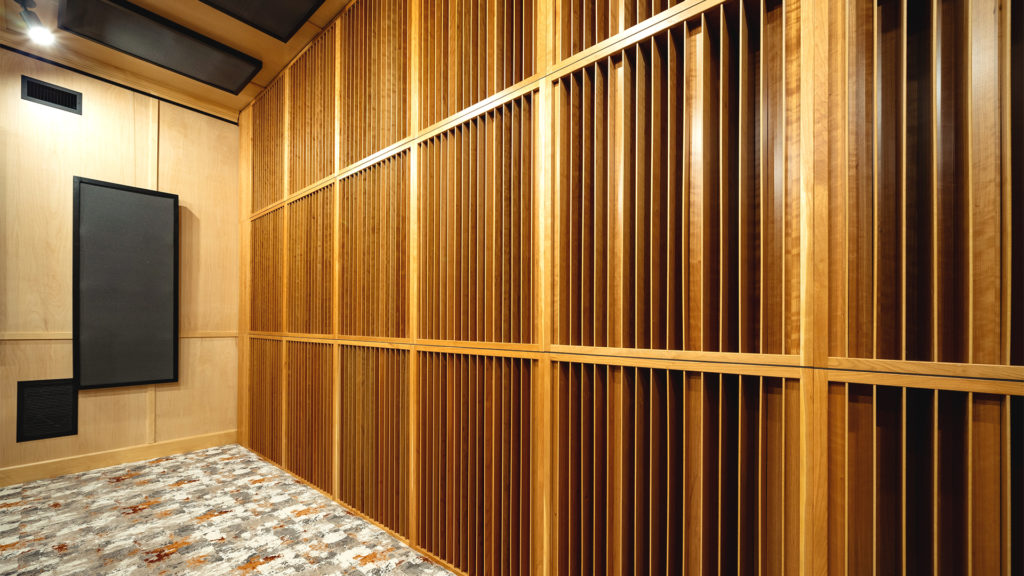
Acoustic sound diffusers have been used for decades to improve the sound quality in various settings, such as concert halls, recording studios, and home theaters. These devices are designed to scatter sound waves in a room, reducing the buildup of echoes and reflections that can negatively impact the listening experience. In this article, we will explore the history and development of acoustic sound diffusers.
Tracing the Roots of Acoustic Sound Diffusers: A Journey from the 1920s to Today
The history of acoustic sound diffusers can be traced back to the early 20th century, when architects and engineers first began to experiment with ways to improve the acoustics of large public spaces. In the 1920s, the famous architect Le Corbusier designed a concert hall in Paris with a series of curved walls and ceiling panels that were intended to scatter sound waves and reduce echoes. This was one of the first known examples of a sound diffuser in architectural design.
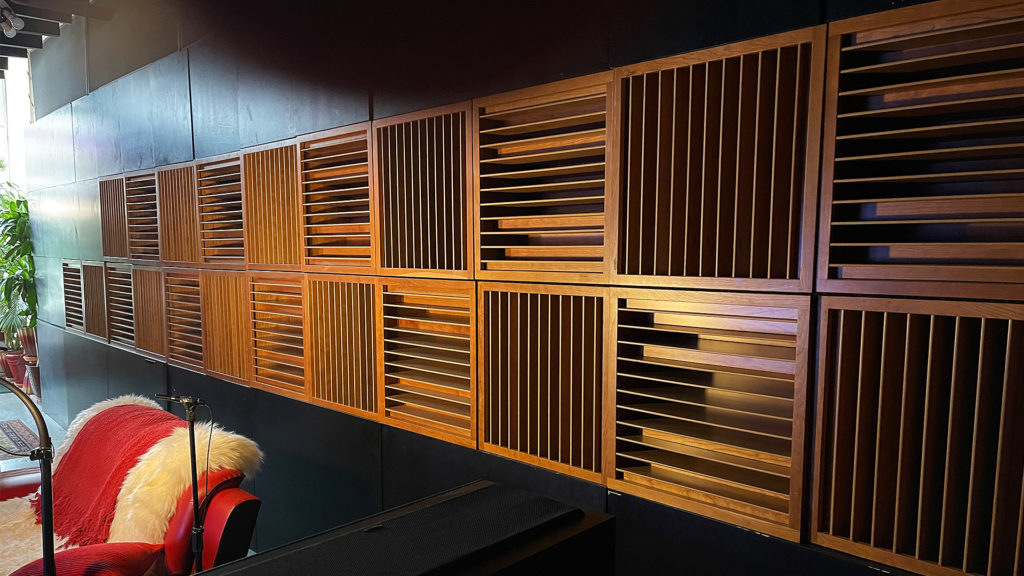
Evolution of Sound Diffusers: From Porous Materials to Advanced Computer Simulations
In the 1950s, engineers and acousticians began to develop more sophisticated sound diffusers that were specifically designed to improve the acoustics of recording studios and other controlled listening environments. These early diffusers were typically made of wood or other porous materials, and were placed strategically on walls and ceilings to scatter sound waves and reduce reflections.
The development of computer modelling and simulation techniques in the 1970s and 1980s led to a new generation of sound diffusers that were more effective and efficient. These diffusers were designed using complex mathematical algorithms and computer simulations, which allowed engineers to optimize their shape and placement for maximum sound diffusion.
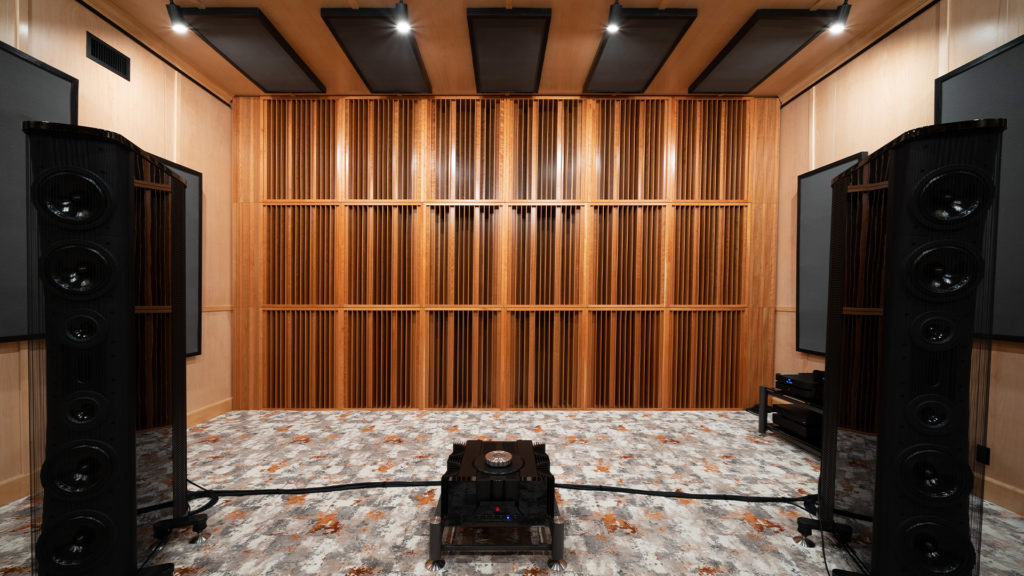
From Foam to Plastic: The Advancements in Sound Diffuser Technology and Its Widespread Use
In recent years, advances in materials science and manufacturing techniques have led to the development of new types of sound diffusers, such as those made from lightweight, high-tech materials like foam and plastic. These diffusers are not only more effective at scattering sound waves, but they are also more durable and easy to install.
Today, sound diffusers are commonly used in a wide range of settings, including concert halls, recording studios, home theaters, and even office spaces. They are also available in a wide range of sizes and styles, from large, custom-built diffusers for professional use to small, portable diffusers for home use. You can see our diffusers at Acoustic Fields inside the shop section.
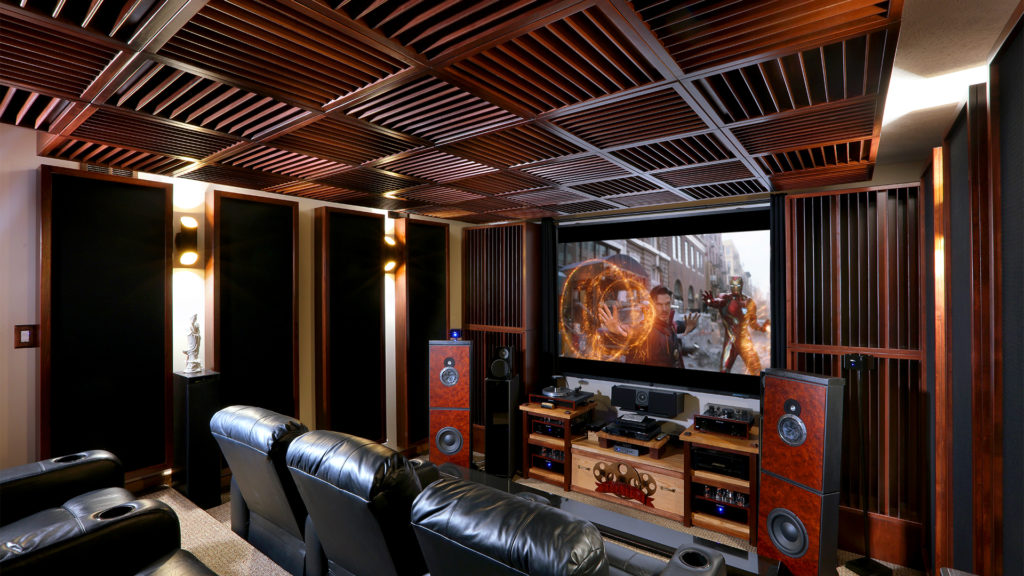
Summary
The history and development of acoustic sound diffusers have come a long way since the early 20th century. From the early days of architects designing concert halls with curved walls and ceilings, to the sophisticated sound diffusers we have today made with computer modeling, simulation and high-tech materials, sound diffusers have been an important tool in improving the listening experience in various settings.


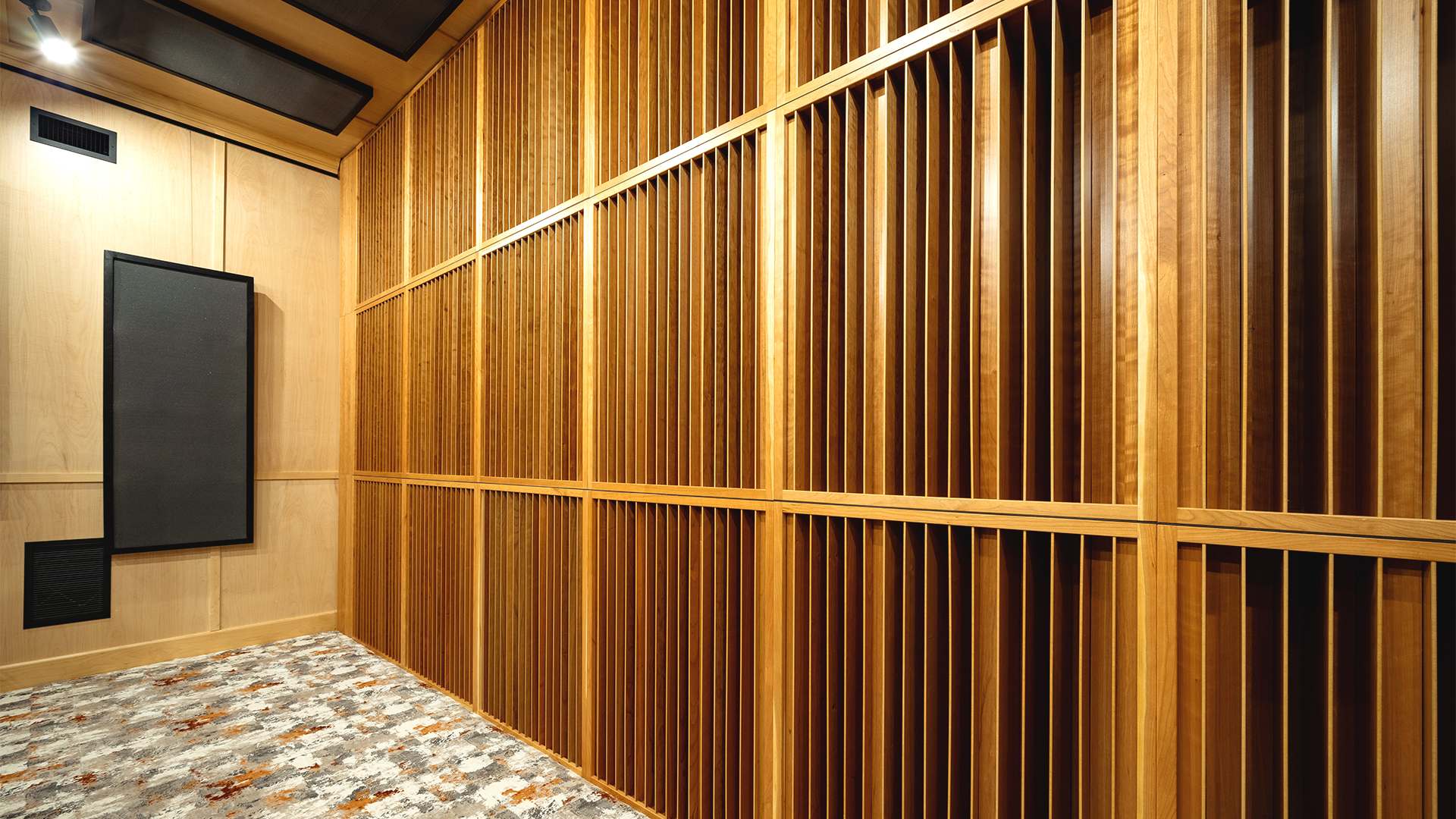





The discussion on ductwork noise transmission from Acoustic Fields highlights crucial aspects of HVAC system acoustics. The movement of air…
Great build plans. thank you Denis
You must use absorption. Never place a chair against a wall.
A friend and I built several diffusors using these plans and they turned out absolutely beautiful. Very good instructions and…